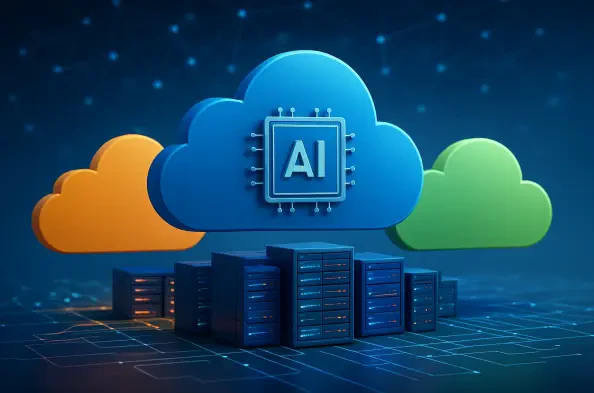Data Management
In the rapidly evolving world of artificial intelligence, the clash between state-level regulation and federal oversight is reaching a boiling point. New York's recent passage of the Responsible AI Safety and Education (RAISE) Act places it directly at the center of this debate. To help us navigate this complex landscape, we're speaking with
The two-decade-long corporate exodus to centralized hyperscale clouds, a movement that once defined digital transformation, has reached its definitive conclusion, giving way to a far more complex and strategic computational landscape. The relentless push to move every workload to massive, centralized data centers has been replaced by a nuanced
Managed Service Providers (MSPs) frequently find themselves navigating a complex landscape where operational efficiency and robust security must coexist, a balance often disrupted by the logistical challenges of client onboarding and infrastructure management. A significant point of friction has traditionally been the network configuration
In the current business landscape, declaring an artificial intelligence strategy that doesn't clearly improve the product or lower its cost is a surefire way to be seen as merely AI-branded rather than truly AI-native. The transition to becoming an AI-native enterprise requires far more than adopting new technologies; it demands a fundamental
In the rapidly evolving landscape of artificial intelligence, regulators are scrambling to keep pace. The US Securities and Exchange Commission's new proposed rule on AI disclosure is the latest effort to bring transparency to a technology that is reshaping industries. To unpack what this means for corporate America, we sat down with Vernon Yai, a





